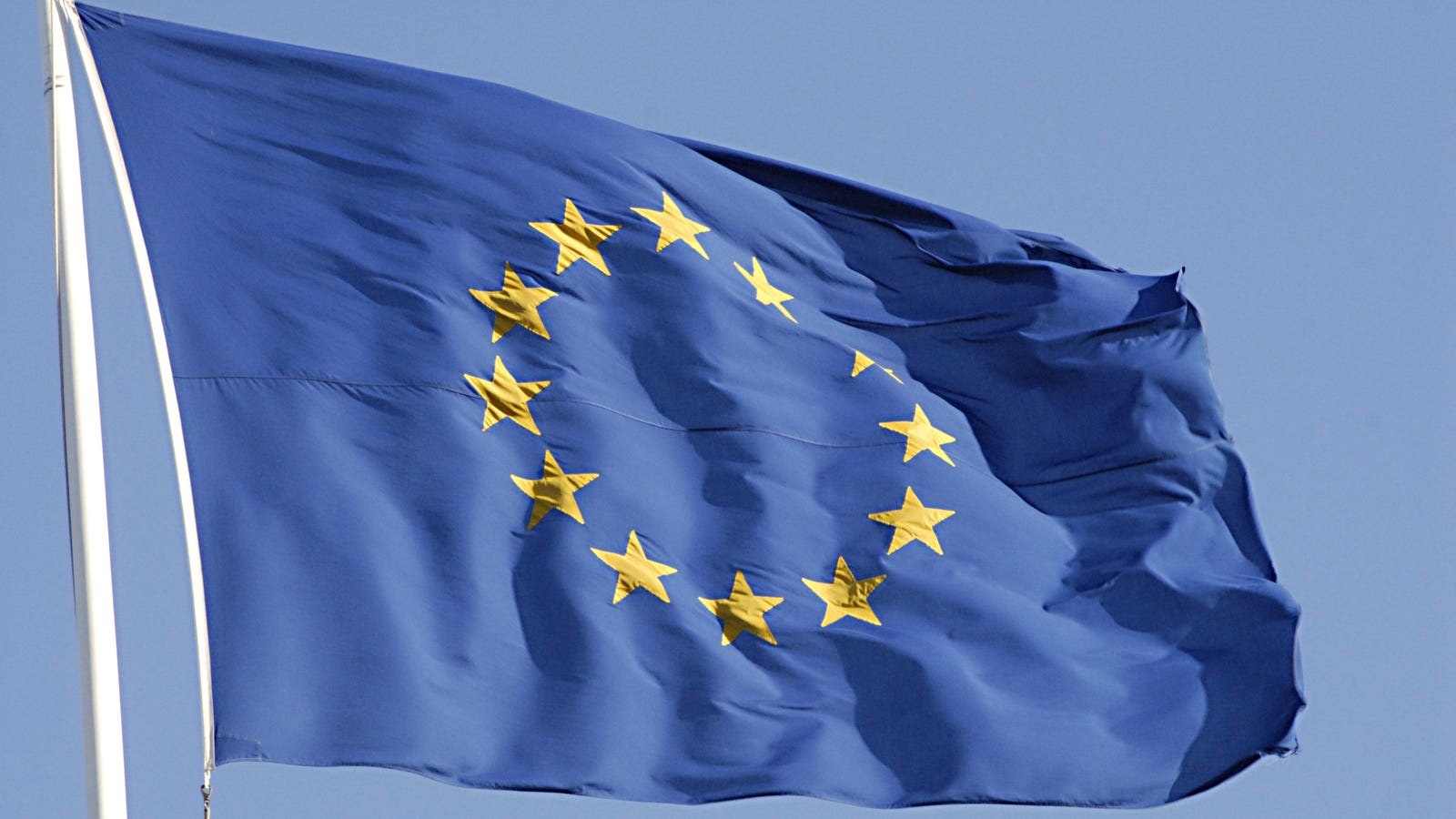The European Union (EU) is gearing up to enact the eIDAS2 Regulation, set to introduce a digital identity wallet that promises enhanced security and control for EU citizens in their digital interactions, and revolutionize personal identification and trust services within Europe and possibly the world.
Digital Identity Wallet: A Game-Changing Super App
The eIDAS2 Regulation, officially known as the Electronic Identification, Authentication, and Trust Services, is an amendment to the existing eIDAS framework. It envisions creating a Pan-European identity federation with a focus on introducing digital identity wallets—a super app on mobile phones. This innovative approach allows users to share identification and credentials with the highest trust levels, such as EU governments and Member States, without compromising sensitive personal details.
Ignacio Alamillo-Domingo, a legal expert and advisor at Logalty, emphasizes the significance of this legislation, stating, “the digital identity wallet is a super app on your mobile phone that allows users to share their identification (and other types of credentials) with the highest level of trust, namely the EU government and the Member States – and without exposing personal details, such as their age, address, or birthdate. This is a groundbreaking piece of legislation.”
How Does The eIDAS2 Regulation Affect You?
The upcoming eIDAS2 Regulation is poised to have a significant impact on the everyday lives of common people across the European Union. Here’s a closer look at how this regulatory framework will influence individuals in their daily digital interactions:
- Secure Digital Identity Management:
The eIDAS2 Regulation introduces digital identity wallets, enhancing security and allowing citizens to share information with trust. It safeguards personal details like age and address. - Streamlined Online Access:
Digital wallets simplify online service access, eliminating the need for private methods. This user-friendly approach enhances efficiency in navigating the digital landscape. - Reduced Reliance on Traditional Methods:
Mandating acceptance by entities, the regulation diminishes dependence on traditional authentication, fostering a universally accepted digital identification method. - Efficient Certification of Attributes:
Trust service expansion facilitates the certification of personal attributes digitally, streamlining processes like job applications. - Global Recognition:
The global reach of the regulation enables non-EU countries to benefit, enhancing digital identity interoperability internationally. - Potential Impact on Digital Euro:
While details are pending, the regulation may influence the integration of digital identity wallets with the digital euro, emphasizing privacy in financial transactions. - Empowered Control Over Identity:
Ultimately, the eIDAS2 Regulation empowers individuals with increased control, fostering confidence in secure and managed digital interactions.
Key Features of the eIDAS2 Regulation
- Mandatory Acceptance by Stakeholders:
Government entities, online platforms, and certain commercial entities will be mandated to accept the digital wallet for identity verification. This move aims to ensure widespread adoption and make the digital identity wallet a universally recognized authentication method. - Expansion of Qualified Trust Services:
The regulation broadens the scope of qualified trust services, allowing individuals to certify various characteristics or attributes about themselves. These services are issued as secure digital documents with cryptographic signatures, ensuring integrity and non-repudiation. - Verification of Individual Attributes:
The eIDAS2 Regulation expands the role of trust service providers to include the verification of individual attributes directly linked to the digital wallet and the individual’s identity. This process involves intermediaries connecting to authentic sources to certify and provide verified data back to citizens through their digital identity wallets. - Global Expansion of the Digital Ecosystem:
The EU envisions extending its digital ecosystem globally, allowing countries outside the EU to opt into the regulatory framework. This move aims to recognize local trust service providers from non-EU countries as equivalent to EU providers and vice versa.
Technology Infrastructure: Blockchain vs. PKI
While the initial proposal suggested leveraging blockchain technology, the current plans favor Public Key Infrastructure (PKI). PKI relies on digital certificates and key pairs verified against a centralized database for authentication. However, concerns about scalability in a vast ecosystem of trust service providers have prompted a potential future shift to blockchain technology.
Ignacio Alamillo acknowledges the ongoing debate, stating, “Our idea is that each issuer should have a decentralized identifier anchored on a blockchain. We have proposed that the blockchain should be a form of the trust list required under eIDAS2.” Despite the current preference for PKI, the scalability and security benefits of blockchain make it a compelling choice for the future.
Integration with Digital Euro and Future Outlook
As the EU explores the transition of its currency into the digital realm with the digital euro, the connection between the digital identity wallet and the digital currency remains undefined. The digital wallet, designed for managing attestation of attributes, may have a connection with the digital euro, but the nature of this connection is yet to be defined.
Anticipated Timeline and Impact
Pending approval by the European Parliament and European Council in February and March 2024, respectively, the eIDAS2 Regulation is poised to become law. If all goes as planned, Member States are expected to provide digital identity wallets by the end of 2026 or the beginning of 2027.
In the broader context, the EU has positioned itself as a leader in the global digital economy. Complemented by regulations like GDPR, MiCA, and now eIDAS2, the EU is actively shaping the digital landscape to foster economic growth and ensure data protection. The eIDAS2 Regulation, with its focus on identity security and trust marketplace, is expected to catalyze the EU’s digital economy further.
As the EU embraces the digital future, the eIDAS2 Regulation stands as a pivotal milestone, paving the way for a more secure and trustworthy digital identity landscape.





